Standard CPAP Hose: 6 Foot Long 19mm Diameter with 22mm Rubber Ends
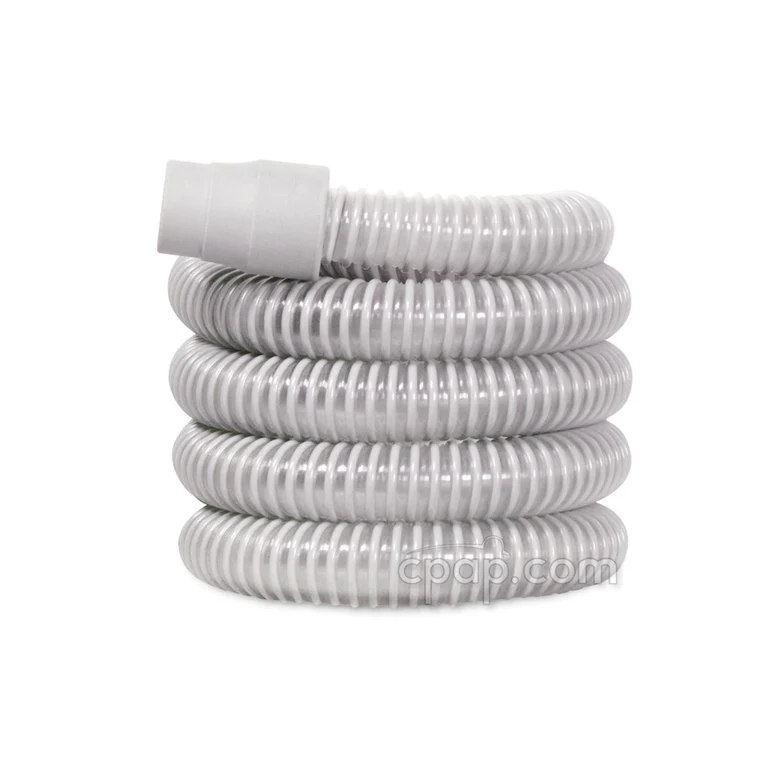


To quiet your night, the Standard CPAP Hose (CPAP Tubing) features an innovative smooth bore design that helps reduce [Read more ...]
Standard CPAP Hose: 6 Foot Long 19mm Diameter with 22mm Rubber Ends
.
Ships same day if ordered before 4 PM CST
Free shipping on orders over $99
100% price match guarantee
FSA/HSA eligible
To quiet your night, the Standard CPAP Hose (CPAP Tubing) features an innovative smooth bore design that helps reduce [Read more ...]
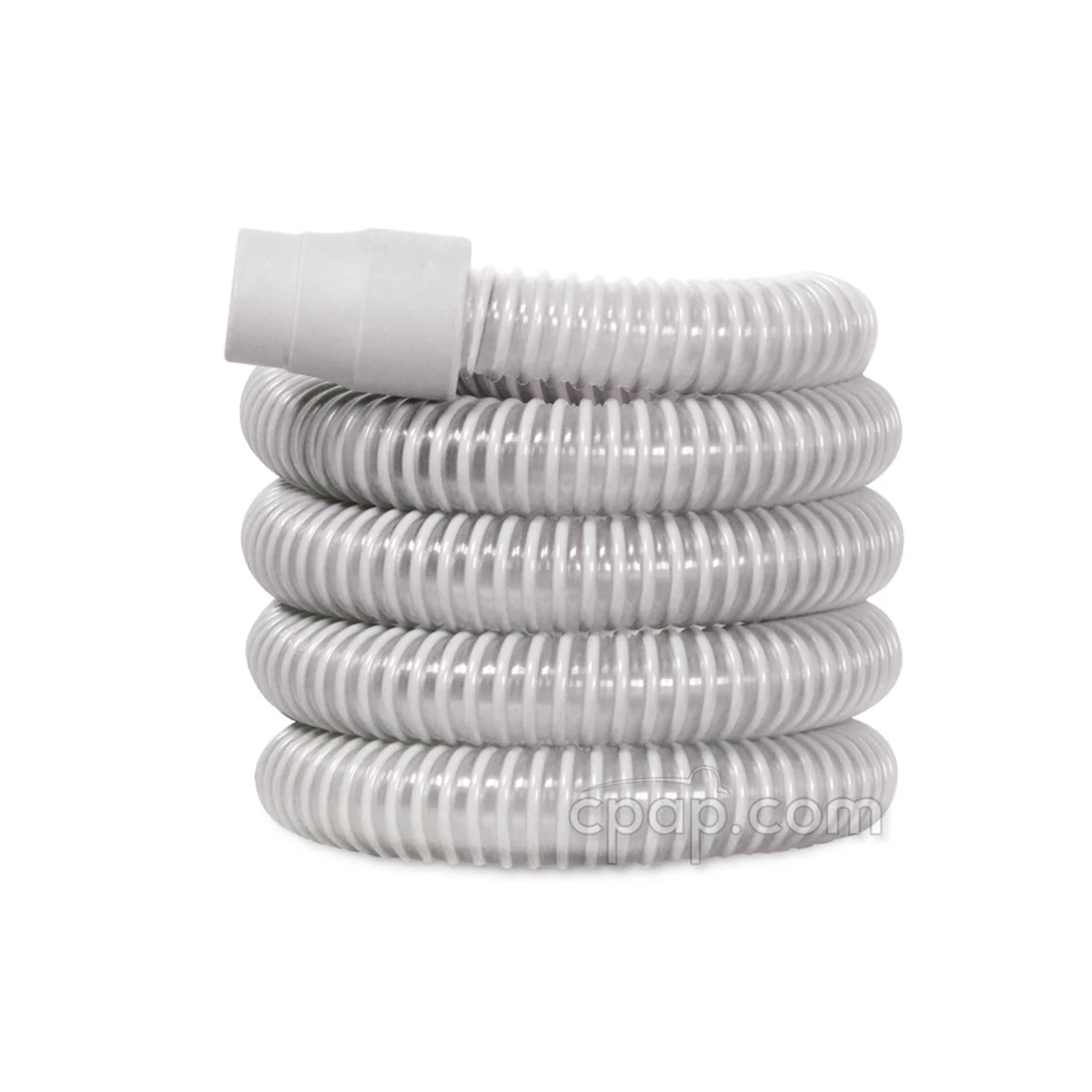
Standard CPAP Hose (CPAP Tubing) - 6 Foot Long 19mm Diameter with 22mm Rubber Ends
Couldn't load pickup availability

Clip for CPAP Hoses, Tubing and Bedding

SnuggleHose Cover
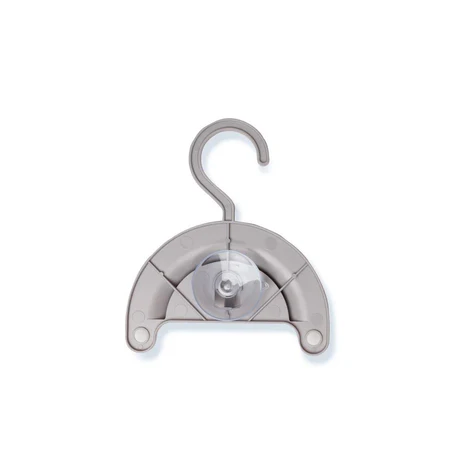
CPAP Hose Hanger

Tubing Wrap for AirSense 10, AirStart 10, AirCurve 10, and S9 Series SlimLine Tubing
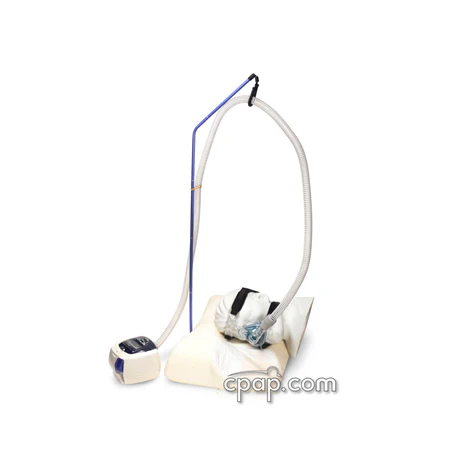
CPAP Hose Lift System for Travel and Home

CozyHoze BOSS Hose Management System

Zippered SnuggleHose Cover (For 6 Foot Hose)
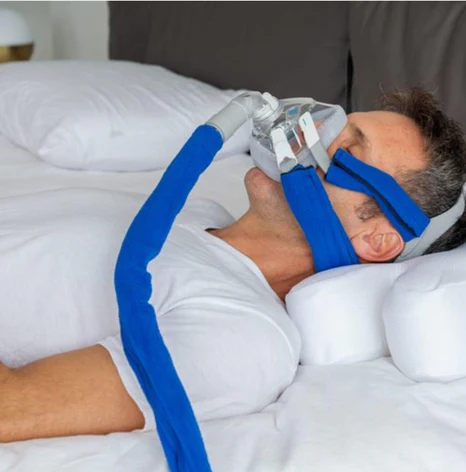
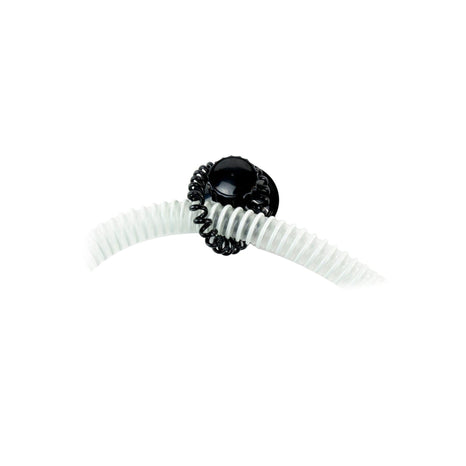
CPAPology Jack CPAP Tube Holder

SleepStick CPAP Hose Holder with Under-Pillow Base
Details
MoreTo quiet your night, the Standard CPAP Hose (CPAP Tubing) features an innovative smooth bore design that helps reduce noise and deliver consistent pressure. The standard tubing is 6 feet long, 19mm in diameter, and has 22mm rubber ends for connection with your CPAP machine and face mask.
Standard CPAP Hose Features and Benefits:
- Standard CPAP Tubing Compatible with Most PAP Devices and Masks
- 6 Feet Long, 19mm Diameter, and 22mm Rubber Ends
- Smooth Bore Design Reduces Sounds and Delivers Consistent Pressure
Standard Tube Fits Your CPAP Humidifier, CPAP Machine, and CPAP Mask
The latex-free CPAP tube is six feet long and has an inner diameter of 19mm that matches the standard, non-heated hoses included with almost every CPAP device for easy replacement. The 22mm cuff enables the hose to connect to any sleep apnea machine that is compatible with standard 6ft tubing.
Please Note: This is NOT a heated tube. If you're experiencing a buildup of condensation from your heated humidifier inside your standard CPAP hose, a heated hose might help reduce the rainout effect. Heated CPAP tubing helps to keep your humidification even more consistent during CPAP therapy but a tubing wrap may also help.
Please Note: If your device requires SlimLine Tubing, this hose is not compatible.
General Tips Section
Hypoallergenic Tubing
This product does NOT contain Latex.
Cleaning / Maintenance Tips
How do I clean a CPAP hose?
To clean a CPAP hose, you'll need to follow these steps:
- Run mild soap and water or vinegar through the center of the hose.
- Make sure the soapy solution or vinegar coats the interior of the hose.
- Scrub with a tube brush to remove any deposits, germs, and bacteria that may be left behind.
- Rinse thoroughly to remove any remaining suds.
- Hang the standard tubing over a towel rack to air dry.
Your CPAP hose will last longer if it is detached every morning and hung to air dry.
Drying the hose each morning will also prevent bacteria from growing in the damp interior and help reduce the possibility of colds and other health issues. Remember, whatever is in your tubing will be pushed into your lungs by the continuous positive airway pressure, so it's important to maintain a clean hose!
Hose care tips:
- Remove the hose by gripping the end or cuff, not the hose itself
- Hang the hose to dry after each use
- Wash hose weekly to avoid residue and maintain health
- Protect the hose from curious pets
HUU19018GT0WWGGI
Specs
MoreN/A
7x3x2.5
Polyethylene, Rubber. Does not contain latex.
N/A
HUU19018GT0WWGGI
FAQs
MoreWhat is CPAP tubing / CPAP hose?
CPAP tubing and CPAP hose are interchangeable terms. CPAP hoses / tubing are used for two main purposes: to connect a CPAP or BiLevel machine or a humidifier to a mask, or to connect the machine to a humidifier. Machine to Mask Hose. A hose is connected to the air outlet of either the machine or humidifier and it connects to the CPAP mask to deliver the airflow to the mask. In the past, the hose used to connect a machine to mask was a standard size. Today, there are a number of different hose options. There are three types of machine to mask hoses:
- Standard / Performance Hose:A long hose or tube is included with each CPAP / BiLevel machine purchase. The connections on all CPAPs, humidifiers and masks are a standard size, so a standard CPAP hose will fit on all. Standard hoses are also available in 8 foot and 10 foot sizes. There are lighter hoses available that were designed to be more flexible and put less pull on the CPAP mask.
- Heated Hose: A heated CPAP hose contains copper coils embedded in or wrapped around the length of the hose. These coils conduct a constant temperature through the hose. The majority of heated hoses are specific to the machine.
- Hose with Sensor Line: A few auto-titrating CPAPs and Bilevels require a pressure line sensor fitted into the hose to detect breathing patterns and pressure needs but the majority of those machines are no longer in production. (Machines which use the tubing pictured below have been discontinued by the manufacturer.)
Humidifier Hose.
Humidifier hoses connect a CPAP or BiLevel machine to a stand alone humidifier. Humidifier hoses are shorter than standard hoses. They come in either
or
inch lengths.
Are all CPAP hoses the same?
In years gone by, the answer to this question would have been "yes", but today not all hoses are the same and some machines use different hose types. All CPAP hoses / tubings serve the same function: directing the air stream from the machine to the mask. Historically, a standard CPAP hose is six feet long, has an internal diameter of 19mm and a connector cuff with an internal diameter of 22mm. Today some hoses are 6 feet long, others are 4 foot long, 8 foot long and 10 foot long. Some hoses have an internal diameter of 19mm (standard) and others have an internal diameter of 15mm (thin or slim style). To use a slim 15mm hose, the machine must have a menu option setting to accept the narrower diameter of a 15mm hose and still deliver the prescribed pressure to the mask to ensure effective therapy. All hoses have a 22mm connection cuff and fit on all CPAP masks. The connection ports on all CPAP, APAP and BiLevel machines, humidifiers, and masks are a standard size, so a standard CPAP hose will fit on all. Some of the very small machines use a hose adapter between the machine and the 22mm cuff of the hose. Some manufacturers offer a heated hose option designed to work only with their machines. To read more about heated hoses see the "What is a heated CPAP hose?" article included in this FAQ section. A few auto-titrating CPAPs and BiLevels require a pressure line sensor to detect breathing patterns and pressure needs. The sensor may be in the form of an adapter with narrow tubing attached or the narrow tubing is threaded inside the six foot hose. In both cases, one end of the narrow tubing is plugged into the machine. Those machines will not operate without the pressure line sensor.
What is a heated CPAP hose?
A heated CPAP hose contains copper coils embedded in, or wrapped around, the hose. These coils are gently heated to conduct a constant temperature throughout the length of the hose. This enhances the comfort of the therapy and reduces or eliminates rainout caused by the water condensing as it travels through the hose to the mask.
Heated hoses are more expensive alternatives to cloth tubing insulation, but they prevent rainout in nearly all cases. The Hybernite Rainout Control System is a stand alone option that can be used with any machine to prevent rainout and increase delivered humidification.
Some manufacturers have developed heated hoses to work specifically with select machines in their product lines. The ClimateLineAir™ Heated Tube for AirSense™ 10 and AirCurve™ 10 Machines is an example of a heated hose used by the AirSense™ 10 and AirCurve™ 10 Machines.
Here are some heated hoses we carry:
ClimateLine™ Tubing for S9™ and H5i™ Climate Control System
What is a hose cover?
A hose cover is placed over the hose in order to insulate the hose and to make the hose more comfortable. The simplest and most cost effective way to insulate a CPAP hose is to wrap it in an insulating fabric. This enables the hose to remain flexible and adds little weight. Companies such as Snugglehose provide a cost effective tubing insulation available in several colors and styles. Not only will the covers reduce or eliminate rainout, they also provide a more personal and less institutionalized appearance. An example of a Snugglehose is shown below. Here are some hose covers we carry: Tubing Wrap for AirSense™ 10, AirCurve™ 10, and S9 Series SlimLine™ TubingRespironics Insulated Hose CoverResMed Zippered Tubing Wrap+ See More
What is rainout?
Rainout is the accumulation of water in a CPAP tube due to warm moist air cooling on its way from your CPAP machine to your CPAP mask. Solutions to rainout include raising the temperature of your bedroom, insulating your tubing with a Snugglehose, or purchasing a CPAP machine with an integrated heated hose.
How do I clean a CPAP hose?
Your CPAP hose will last longer if it is detached every morning and hung to air dry.
Drying the hose each morning will also prevent bacteria from growing in the damp interior and help reduce the possibility of colds and other health issues. Remember, what is in the hose goes into the airway.
If you are not drying the hose daily, then be sure to replace the hose very frequently as negative health issues will result!
Hose care tips:
- Remove the hose by gripping the end or cuff, not the hose itself
- Hang the hose to dry after each use
- Wash hose weekly to avoid residue and maintain health
- Protect the hose from curious pets
Hose care tools:
- A Hose Quick Connect helps the tube to easily disconnect from the humidifier
- Purdoux Mask and Hose Soap is specially formulated mild soap designed to clean a CPAP hose and mask.
- The Tube Cleaning System is a tube care kit to rinse, soak and dry the hose.
- The CPAP Tube Brush Second Gen is used to scrub the inside of a tube. It is available for both slim line and standard diameter hoses.
- The Republic of Sleep Hose Coverwraps the length of the tube in soft fleece material. Although its intention is to help reduce rainout (water collecting in the tube) many CPAP users report it deters pets from using the hose as a chew toy.
- + See More
How often should I replace my CPAP hose?
can last a long time, sometimes up to a year if taken care of properly. Signs of wear include dry, cracked places on the inside lining or on the rubber ends; "stretch marks" near the rubber ends; mineral deposits or mold from water left inside the hose; or a visible puncture or tear in the material.
How do I avoid getting tangled in CPAP hoses?
There are a few ways to keep from getting tangled up in your CPAP tubing. Try running your CPAP hose behind the headboard of your bed. Also, there are several types of suspension systems we carry here at CPAP.com. You can see the different types of Hose Management Systems under our Comfort & Cleaning section. One example is the HoseBuddy Tangle Free CPAP Hose Suspension System:
Here are some items we recommend that may help with hose comfort: CPAP Hose LiftHoseBuddyTube Management Clip+ See More
Fast, free shipping on orders over $99
Get the best price with our 100% Price Protection Guarantee
Discounted replacements with Subscribe & Save
Try any CPAP mask for 30 days, risk-free
Reviews
We recommend the following accessories
Healthy Hose Pro Antimicrobial CPAP Tubing
$19.99
Tubing Wrap for AirSense 10, AirStart 10, AirCurve 10, and S9 Series SlimLine Tubing
$17.30







